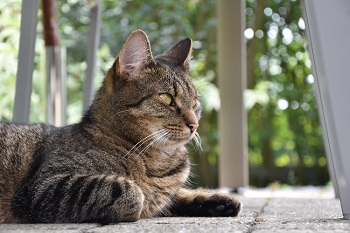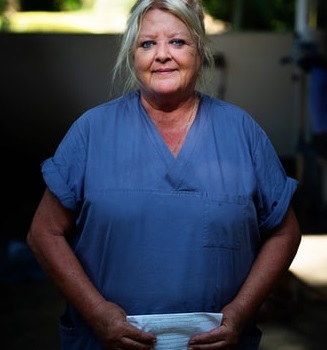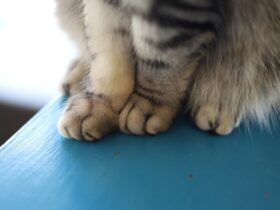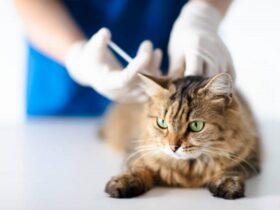Nowadays an alarming number of cats tend to develop diabetes mellitus which is an inability to produce the hormone insulin. Normally insulin has the function to balance out the blood sugar and glucose levels. If diabetes is not being treated it can lead to weight loss, loss of appetite, but also more severe consequences such as depression, coma, and even death. In this article, you can find out more information about this disease as well as the life expectancy when it is not treated.


Diabetes Mellitus In Cats
What Are The Signs Of Diabetes In Cats?
The main symptoms of diabetes in cats are certainly increased thirst and therefore increased urination. You can also notice increased appetite or sudden weight loss. It is more common in obese cats, but it can also develop in cats with appropriate body weight. If you notice these signs, take your cat to the vet. These symptoms might signify also kedney failure in cats or some else illnesses so it’s crutial to visit a vet.
How Is Diabetes Diagnosed In Cats?
There are blood and urine tests as well as the physical examinations and behavioral signals which are used to diagnose this illness as well as to establish the required insulin therapy. You should never decide on your cat’s diabetes treatment on your own.
How Is Diabetes Treated In Cats?
Treatment for diabetes is insulin therapy, which is determined by your veterinarian. The insulin therapy requires shots that the owner has to give to their cat twice a day to keep the blood glucose in check. Preferably the shots need to be at the same time each day. These cats also need to eat a special low carbohydrate diet which will reduce the amount of glucose in their body.


What If Diabetes Isn’t Treated?
Diabetes is a disease that is treatable and if treated correctly will not shorten your cat’s lifespan or the quality of their life. However, it is a life-threatening illness if you don’t treat it. When it is untreated for longer periods of time, it can lead to weak legs, malnutrition, ketoacidosis, and eventually death. You may notice your cat is not using its vertical cat scratching post as before. That’s because your cat can’t climb well.
How Long Can A Diabetic Cat Live Without Insulin?
Like we said, not treating diabetes could have deadly consequences for your cat. But if you miss on one insulin shot occasionally, nothing major will probably happen. But after a few months of not treating this disease, your cat might start to experience the more severe symptoms we already mentioned above.
Diabetic Remission
The main goal of treating diabetes is to regulate blood glucose and to reach the point where your cat no longer needs insulin therapy. When a cat is able to maintain a normal glucose level for more than four weeks without insulin injections or any other glucose regulating medications, diabetic remission occurs. Not all cats will go into remission and the longer your cat has untreated diabetes the lower the chances are for remission. The cats that get into remission might stay in it for months or years even.
To Sum Up
Diabetes is a very common illness amongst cats. Thankfully, it can be easily diagnosed and treated with insulin to make sure your cat has a normal life expectancy and quality of life. However, when not treated diabetes after some time it can lead to some severe symptoms in cats and eventually to death. That is why it is important not to skip insulin therapy as much as possible.For monitoring your cat at all times, get yourself one of the wireless pet cameras, which we discuss in this article. If you want to know more about the cat camera with laser, click the link and you will be redirected to the full article all on this topic.


































Leave a Reply